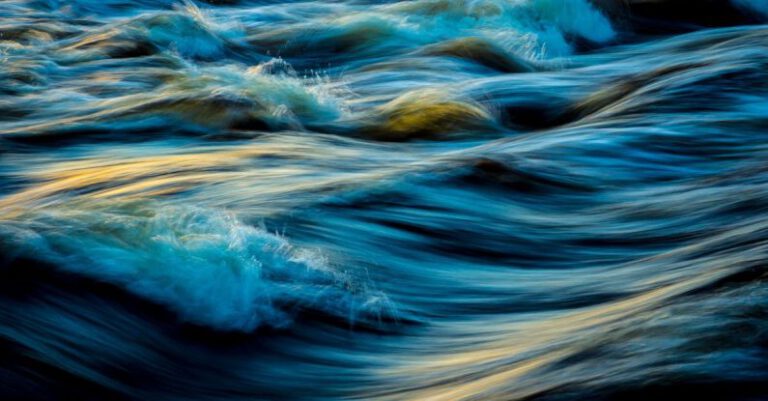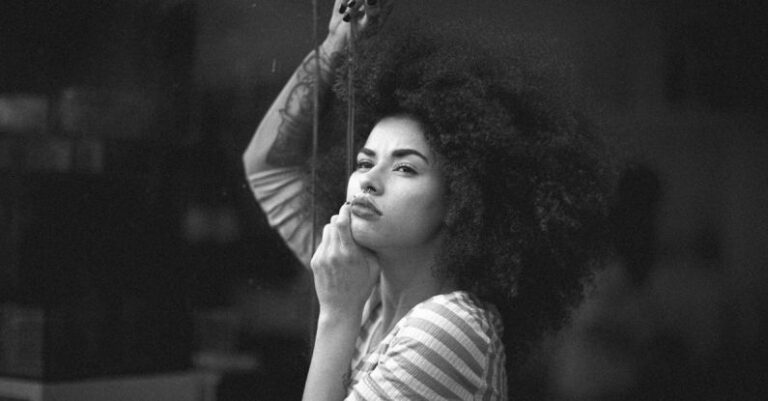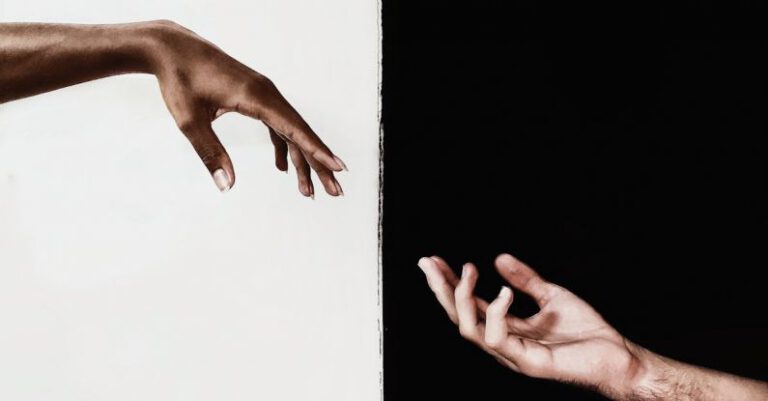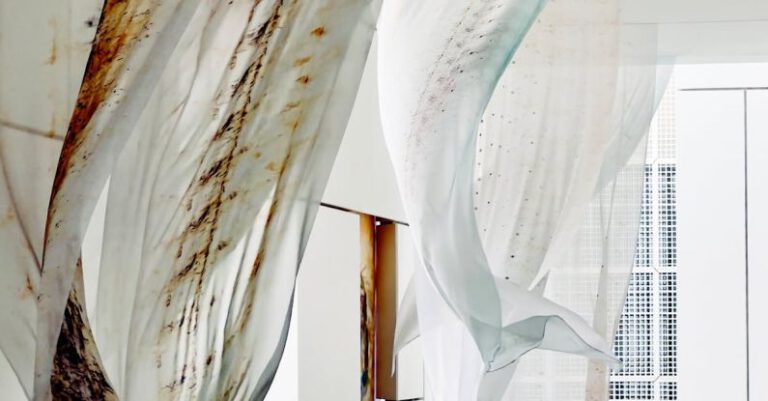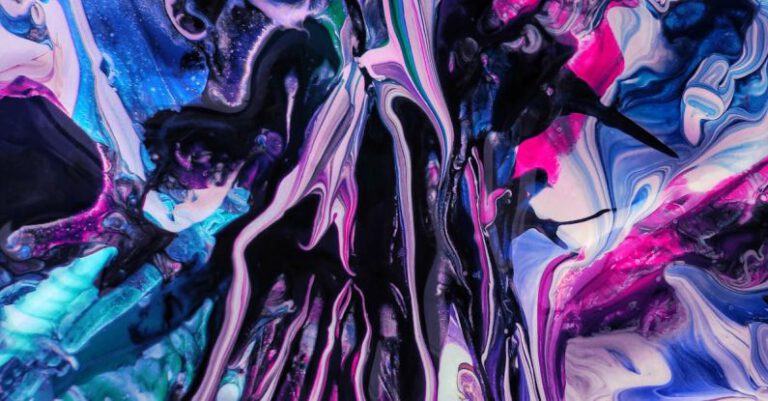What Are the Key Elements of a Balanced Tape Art Design

Creating tape art designs is a unique and engaging form of artistic expression that involves using colorful tape to produce intricate and visually captivating pieces. One of the key aspects of achieving a well-balanced tape art design lies in understanding and incorporating essential elements that work harmoniously together to create a cohesive and visually appealing composition. By mastering these key elements, artists can elevate their tape art creations to new levels of sophistication and beauty.
Understanding Color Theory
Color theory plays a crucial role in the creation of any artwork, including tape art designs. When working with tape, artists must consider how different colors interact with each other to create visual interest and harmony within the composition. By understanding the principles of color theory, artists can strategically select and combine colors to evoke specific moods, convey emotions, and enhance the overall impact of their tape art designs.
The key to achieving a balanced tape art design lies in selecting a color palette that complements the subject matter and conveys the desired message or aesthetic. Artists can experiment with different color combinations, such as complementary, analogous, or monochromatic schemes, to create visual contrast, harmony, or emphasis within their designs. By strategically placing colors and varying their intensity, artists can guide the viewer’s eye through the composition and create a sense of balance and unity.
Embracing Negative Space
Negative space, or the empty areas surrounding the main subject in an artwork, is a powerful design element that can greatly impact the overall balance and visual appeal of a tape art piece. By effectively utilizing negative space, artists can create a sense of openness, movement, and depth within their designs. Leaving areas of the tape blank or using transparent tape can help define shapes, highlight key elements, and add a dynamic quality to the composition.
Incorporating Texture and Patterns
Texture and patterns can add another layer of visual interest and complexity to tape art designs. By incorporating different textures and patterns into their compositions, artists can create depth, dimension, and tactile appeal that engage the viewer’s senses. Mixing smooth, glossy tapes with matte or textured tapes can create a dynamic interplay of light and shadow, while incorporating patterns such as stripes, grids, or geometric shapes can add rhythm and structure to the design.
Balancing Symmetry and Asymmetry
Achieving a balance between symmetry and asymmetry is essential in creating visually compelling tape art designs. Symmetry, or the mirroring of elements across a central axis, can create a sense of stability, order, and harmony within a composition. On the other hand, asymmetry, or the deliberate uneven distribution of elements, can add interest, movement, and a sense of spontaneity to the design.
By carefully balancing symmetrical and asymmetrical elements within their tape art pieces, artists can create compositions that are both visually striking and dynamic. Experimenting with different arrangements, proportions, and scales of elements can help artists find the right balance between order and chaos, unity and variety, to achieve a harmonious and captivating tape art design.
Emphasizing Movement and Flow
Movement and flow are essential elements in creating a sense of rhythm, energy, and dynamism within tape art designs. By strategically positioning and connecting elements in a way that guides the viewer’s eye through the composition, artists can create a sense of movement, direction, and continuity within their designs. Incorporating curved lines, diagonal compositions, or overlapping shapes can enhance the visual flow and add a sense of vitality and motion to the artwork.
Experimenting with different techniques and approaches to emphasize movement and flow, such as layering tapes, using varying widths, or incorporating directional elements, can help artists create tape art designs that captivate and engage the viewer’s attention. By mastering the art of creating movement within their compositions, artists can infuse their tape art pieces with a sense of energy, rhythm, and narrative that draws viewers in and invites them to explore the intricacies of the design.
Incorporating Personal Style and Expression
While mastering the key elements of a balanced tape art design is essential, it is equally important for artists to infuse their creations with their own personal style, voice, and expression. By experimenting with different techniques, materials, and approaches, artists can develop a unique artistic language that sets their tape art designs apart and conveys their individuality and creativity.
Whether through bold color choices, intricate patterns, innovative use of negative space, or dynamic compositions, artists can use their tape art as a means of self-expression, storytelling, and exploration. By embracing their personal style and allowing their creativity to shine through in their tape art designs, artists can create pieces that are not only visually striking but also deeply meaningful and reflective of their artistic vision and personality.
Conclusion: Elevating Tape Art to New Heights
Mastering the key elements of a balanced tape art design is a creative journey that requires experimentation, exploration, and dedication. By understanding and incorporating color theory, negative space, texture, patterns, symmetry, asymmetry, movement, and personal expression into their compositions, artists can elevate their tape art creations to new heights of sophistication, beauty, and visual impact.
Through thoughtful consideration and deliberate application of these key elements, artists can create tape art designs that are not only visually captivating but also emotionally resonant, intellectually stimulating, and artistically fulfilling. By honing their skills, pushing the boundaries of their creativity, and embracing the endless possibilities of tape as a medium, artists can continue to push the boundaries of what is possible in the realm of tape art and inspire audiences with their innovative and dynamic creations.
